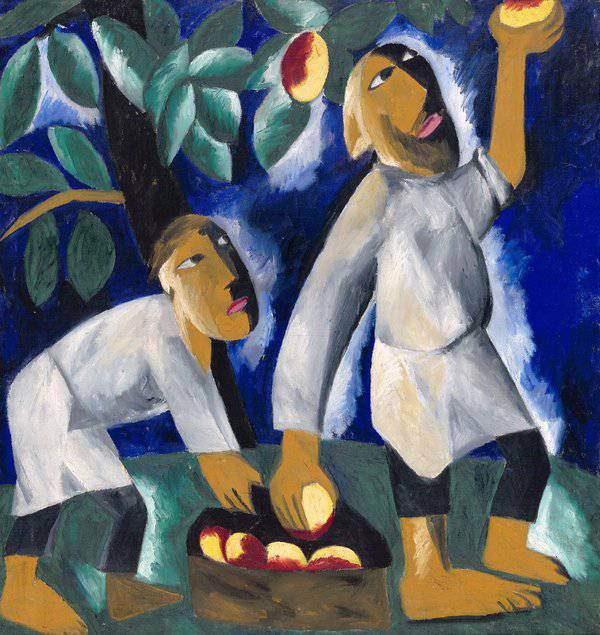
Unknown Artist, Deer Bearing Symbols of the Kasuga Deities, Nanboku-chō period, 14th century, bronze, Hosomi Museum.
Life of Animals in Japanese Art – NGA Washington ‘The Life of Animals in Japanese Art’. An historic exhibition of 16 centuries of animals in Japanese art showcases masterpieces that rarely leave Japan. National Gallery Washington, June 2 through August 18, 2019.]]>
Source: National Gallery, Washington
Artworks representing animals—real or imaginary, religious or secular—span the full breadth and splendor of Japanese artistic production. National Gallery of Art, Washington, has announced “The Life of Animals in Japanese Art”, the first exhibition devoted to the subject, covering 16 centuries (from the sixth century to the present day) and a wide variety of media—sculpture, painting, lacquerwork, ceramics, metalwork, textile, and the woodblock print. On view from June 2 through August 18, 2019, the exhibition will feature 315 works, drawn from 66 Japanese and 30 American public and private collections. The artists represented range from Sesson Shūkei, Itō Jakuchū, Soga Shōhaku, Katsushika Hokusai, Utagawa Kuniyoshi, to Okamoto Tarō, Kusama Yayoi, Issey Miyake, Nara Yoshitomo, and Murakami Takashi.
Many of the nearly 180 works traveling from Japan are masterpieces that rarely—if ever—leave the country, including seven designated as an Important Cultural Property by the Japanese government. Three of the registered artworks are from the Tokyo National Museum: the six-foot-tall “Monju Bosatsu Seated on a Lion, with Standing Attendants” (1273) by the Buddhist sculptor Kōen; the intricately carved wood Buddhist sculpture Aged Monkey (1893) by Takamura Kōun; and the Footed Bowl with Applied Crabs (19th century) by Miyagawa Kōzan I. Two are on loan from the Nara National Museum: a hanging scroll, “Sword with Kurikara Dragon and Two Child Acolytes” (13th century); and a Buddhist hanging scroll, Fugen Enmei” (13th century). Finally, the wood sculpture Fugen’s Elephant (13th century) is on loan from a private collection, and a spectacular bronze, “Deer Bearing Symbols of the Kasuga Deities” (14th century), is on loan from the Hosomi Museum, Kyoto.
Related content
‘Sunshower’: Contemporary Southeast Asia at Mori Art Museum (exhibition, 2017)
Follow us on:


